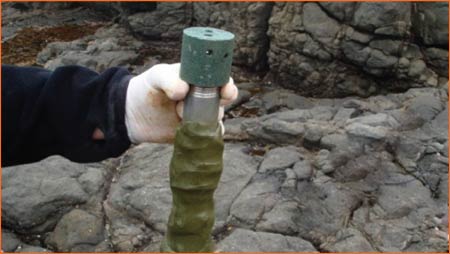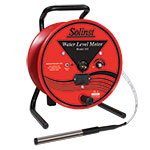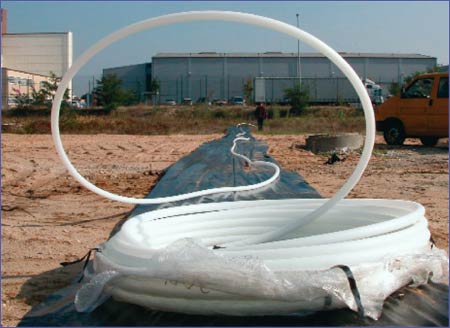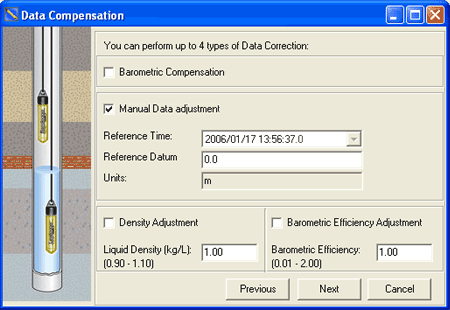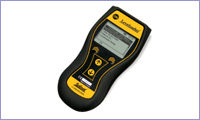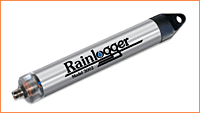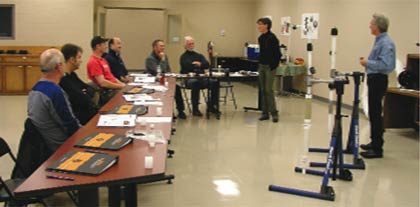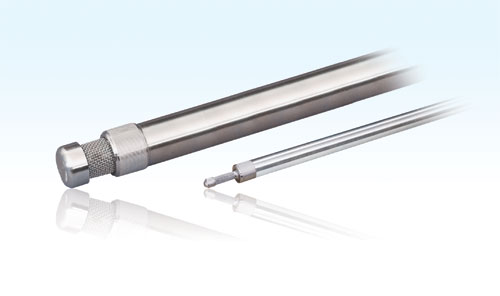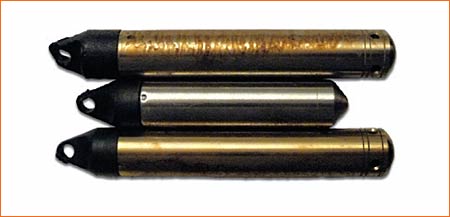Leveloggers Valuable Tool In West Coast Intertidal Study
Researchers from the Biology Department at Villanova University in Pennsylvania, USA, and the Zoology Department at Oregon State are studying the growth and survival effects of intertidal elevation and wave shock on purple sea urchins (Strongylocentrotus purpuratus). The study is being carried out at seven locations on the west coast of North America: Mabens Beach,… Continue Reading »


